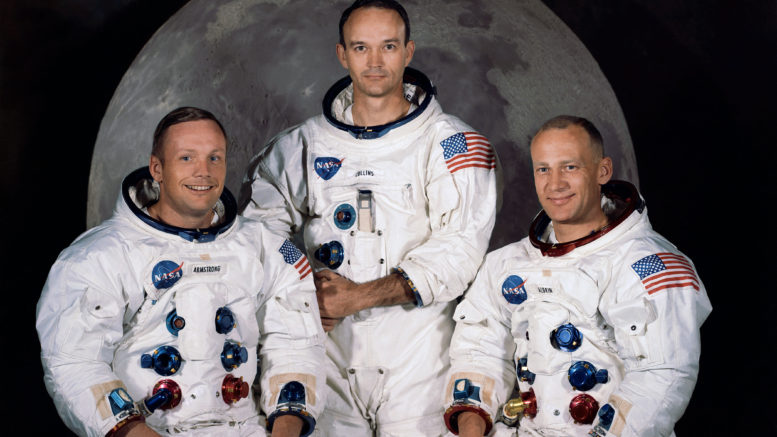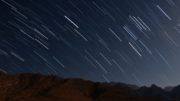Space orbit exploration began with the first satellite, Sputnik 1, launched by the Soviet Union on October 4, 1957 during the Cold War, a state of tension between the Soviet Union and the United States. About the size of a large helmet at 22.8 inches in diameter, Sputnik 1 orbited Earth in 98 minutes. The United States’ satellite, the Explorer 1, led to the discovery of the Van Allen radiation belts. The belts contain an area of high energy trapped by Earth’s magnetic field.
A month after Sputnik 1, Sputnik 2 was launched, carrying the first living being to be in space on board, a stray dog from the streets of Moscow named Laika. Laika was a precursor to other living beings in space. On April 12, 1961, the first successful human flight into space carried Russian Yuri Gagarin on Vostok 1. Gagarin orbited around the globe once, for about an hour and 48 minutes. Within a month, the United States sent Alan Shepard into space. In 1963, the first woman, Valentina Tereshkova of the Soviet Union was sent into space on the Vostok 6, orbiting Earth 48 times.
Luna 2, a Soviet Union spacecraft, became the first spacecraft to reach the Moon and the first man made craft to land on another planet or asteroid. In 1968, the United Sates sent Apollo 8 into orbit. The three-astronaut crew orbited the Moon once and returned to Earth. One year later, in 1969, Buzz Aldrin and Neil Armstrong landed Apollo 11 on the Moon and became the first humans on the Moon.
Space discoveries exploded with NASA’s launch of the world’s first large optical telescope, named the Hubble Telescope after Edwin Hubble, in 1990. Since then, the Hubble Telescope has made more than 1.3 million observations, according to NASA. The further the Hubble Telescope can see, the further in the past observers can see. With the telescope, scientists could pinpoint the age of the universe down to 13.7 billion years old.
The Hubble Telescope also led to many other discoveries. Dark matter makes up about 23 percent of the universe, and because of Hubble, scientists were able to map large scale maps of where dark matter exists. Hubble also revealed Nix and Hydra, Pluto’s moons, as well as the mass of another planet which demoted Pluto and other planets to dwarf planets. Scientists shed light on how the universe has evolved when Hubble discovered stars at the center of massive black holes.
In October of 2018, the James Webb Space Telescope will replace the Hubble Telescope. Its design will allow Webb to look deeper into space, with a mirror about 6 times larger in area. At around 3 months after its launch, Webb will be able to start its mission and scientists will be able to take the first images.
Space X, a private company owned by Elon Musk, made history with their spacecraft Dragon in December 2010 when they became the first privately developed spacecraft to reenter from low-Earth orbit. Then in 2012, Dragon became the first private spacecraft to visit the International Space Station and under a $1.6 billion contract with NASA makes multiple trips to the station to resupply missions. In 2015, the Falcon 9 rocket became their first land landing on Landing Zone 1, the first-ever orbital class rocket landing.
In future years, NASA hopes to use their technology to visit near-Earth asteroids and eventually for humans to walk on Mars. This will lead to a better understanding of the universe and our galaxy and will help scientists gain new knowledge.


